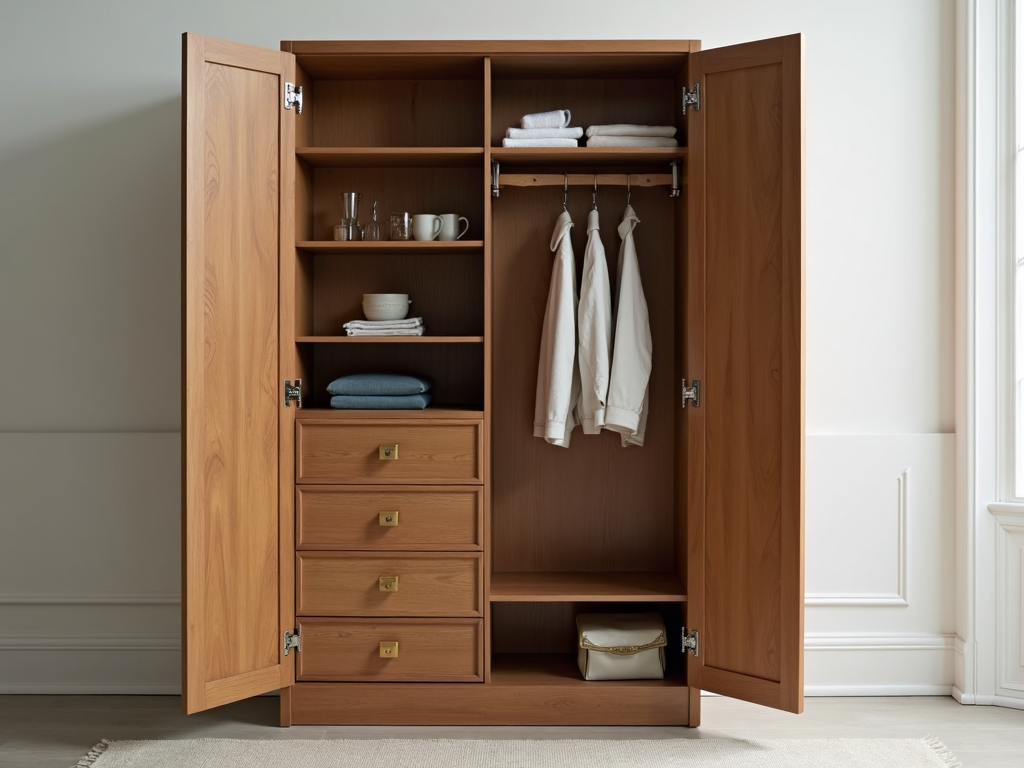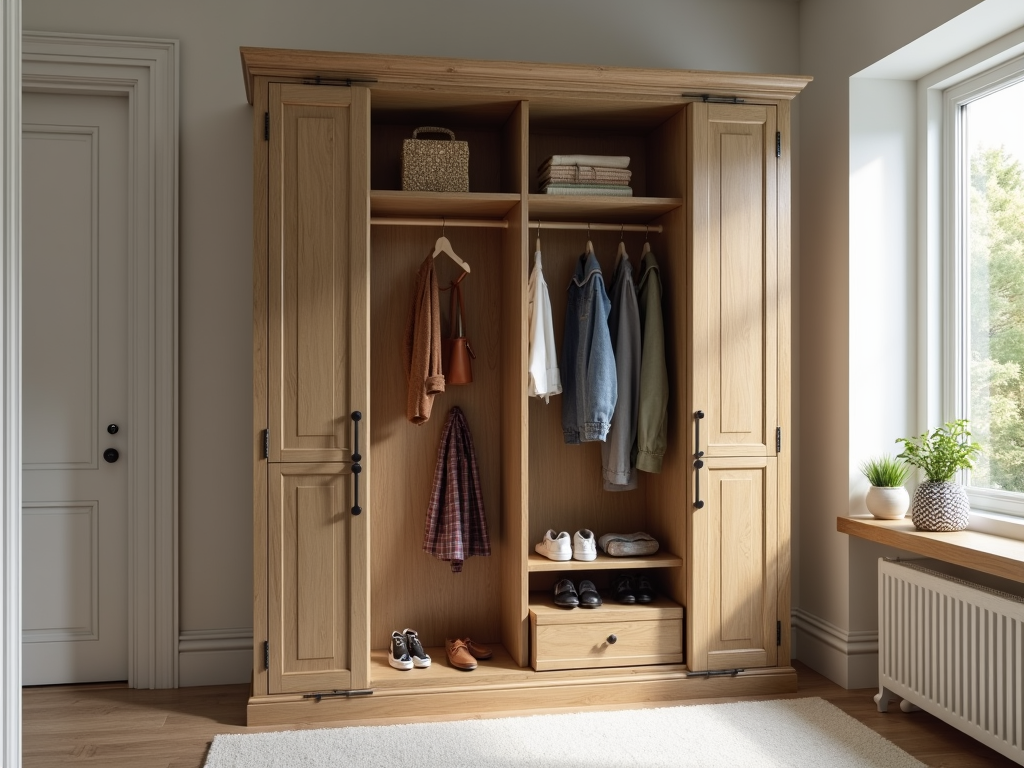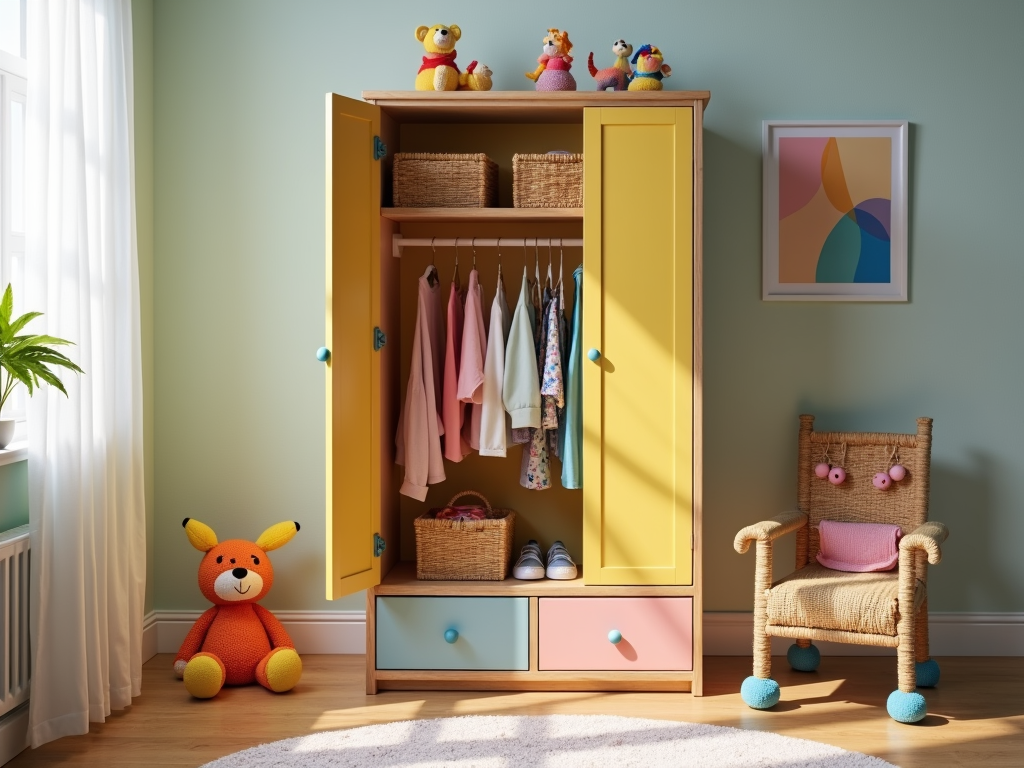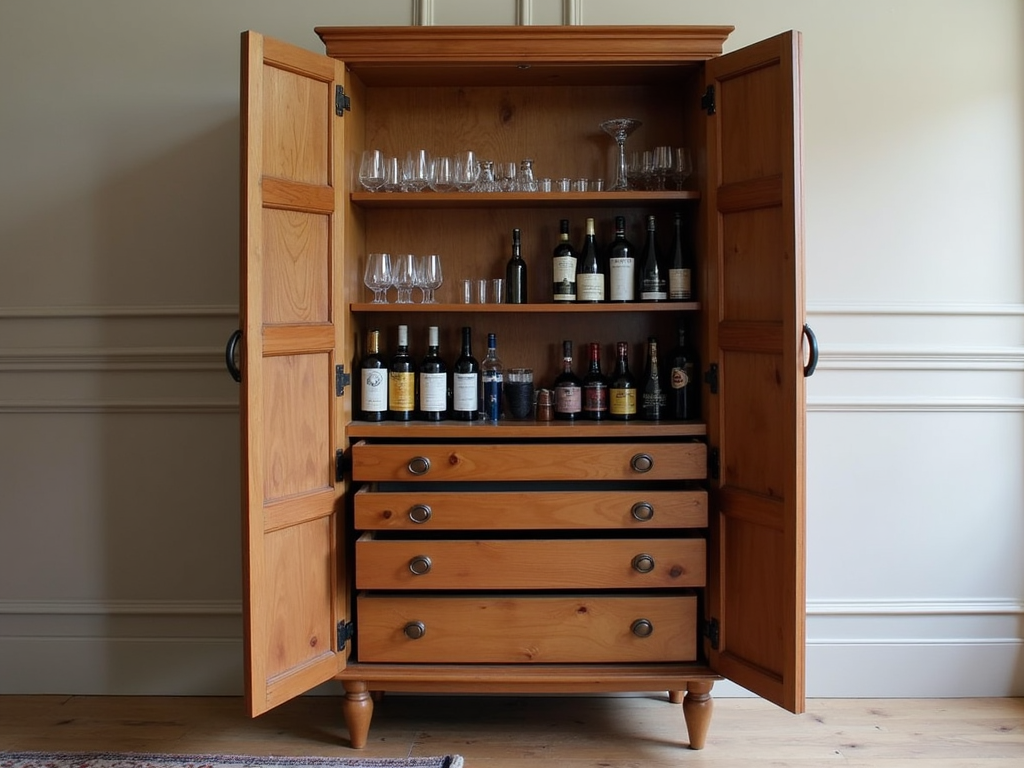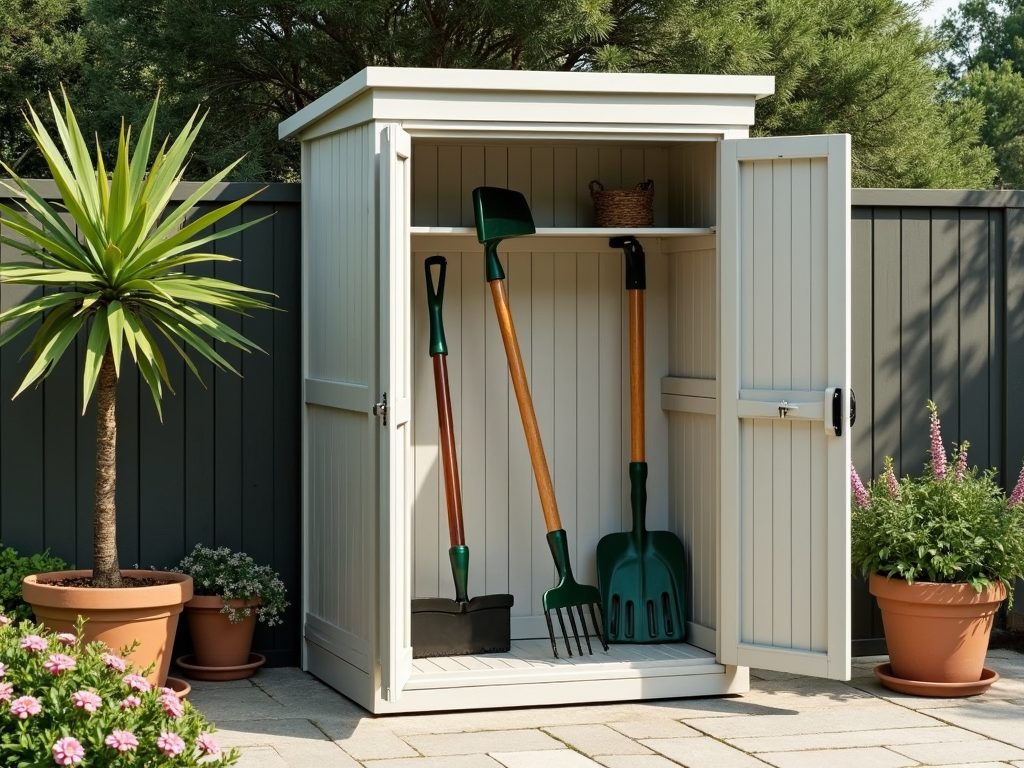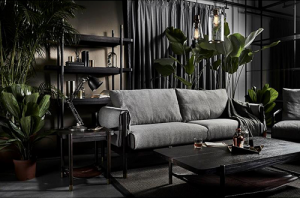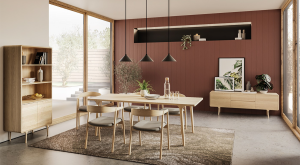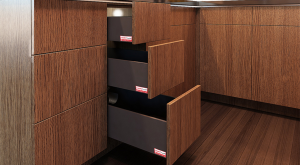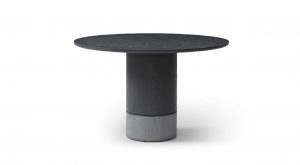Featured Post
The History and Evolution of Armoires in Interior Design
Armoires have a rich history in interior design, evolving from simple storage solutions to versatile, stylish pieces. This article explores their journey, highlighting their role in compact furniture solutions and modern adaptations.

An armoire is a large, often ornate, freestanding wardrobe or cabinet. The term "armoire" comes from the French word for "wardrobe," and these pieces have been used for centuries to store a variety of items, from clothing and linens to armor and weapons in earlier times.

The history of armoires dates back to the Middle Ages, where they were primarily used to store armor and weapons—hence the name "armoire," derived from "armor." These early armoires were large, heavy, and made of sturdy materials like oak to protect valuable items. As time progressed, their purpose shifted to more domestic uses, such as storing clothing, linens, and household goods.
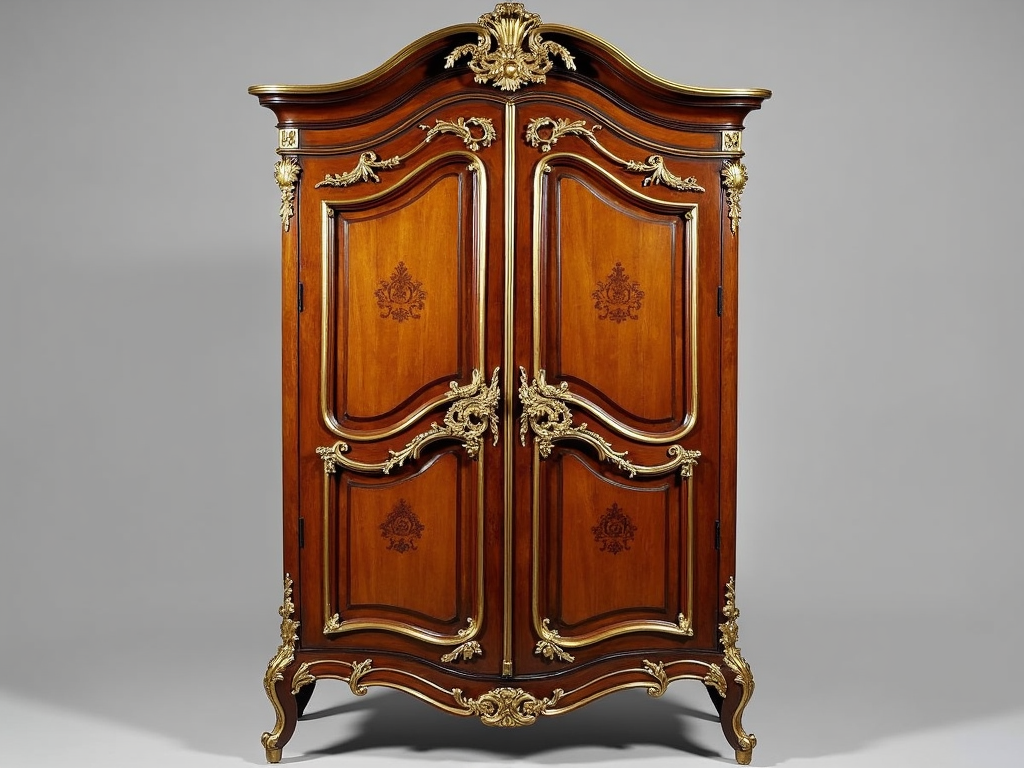
- Medieval Period: Armoires were functional and robust, with little emphasis on decoration. They were often built into the walls of castles and manor houses.
- Renaissance: With advancements in woodworking, armoires became more decorative. Craftsmen began to incorporate intricate carvings, inlays, and other artistic elements, making armoires not just storage units but also pieces of art.
- Baroque and Rococo: These periods saw armoires become even more opulent. They featured curved lines, gilded details, and luxurious materials like mahogany and walnut. Armoires from this era were often status symbols, showcasing the wealth and taste of their owners.
- Victorian Era: As manufacturing techniques improved, armoires became more accessible to the middle class. Designs became more practical, with a focus on functionality and storage capacity, while still maintaining an elegant appearance.
- 20th Century: The advent of built-in closets reduced the need for armoires in many homes. However, they remained popular as statement pieces or for additional storage. Antique armoires became sought-after items for their historical value and craftsmanship.
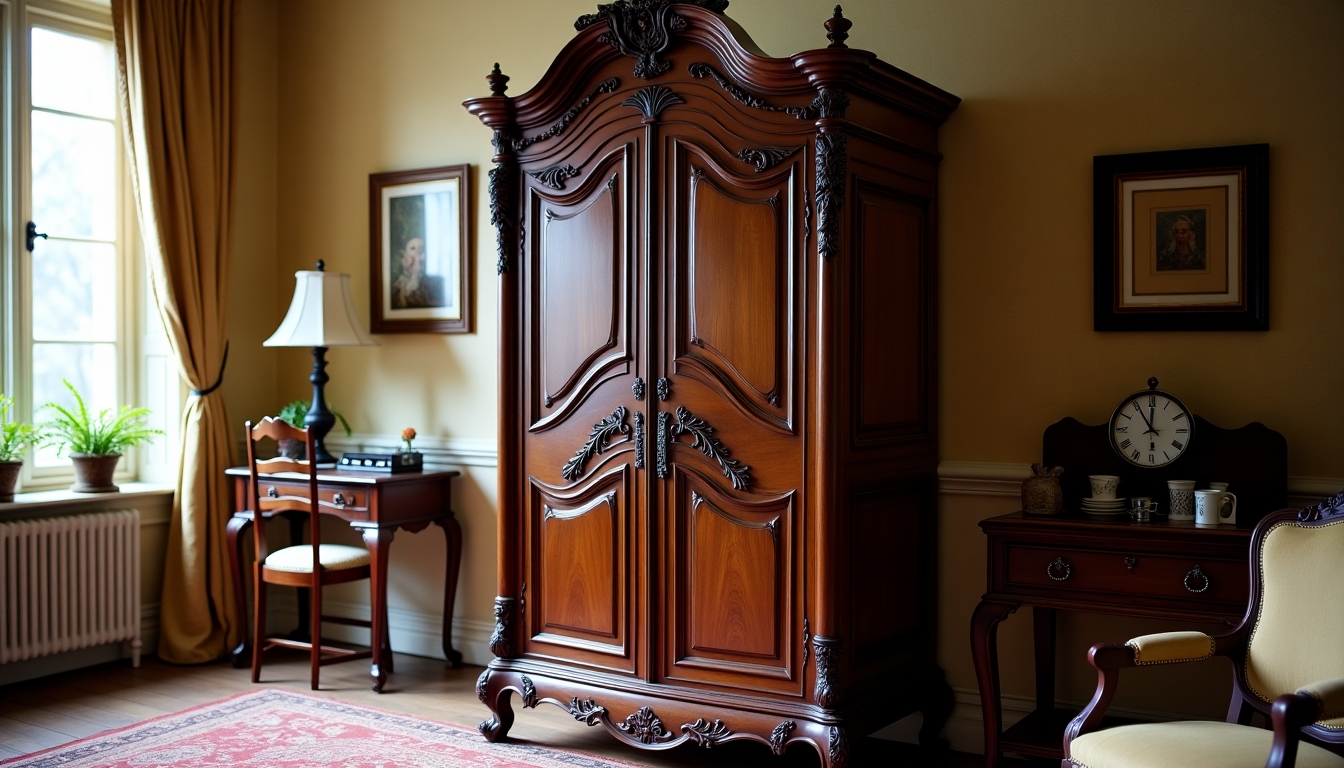
Armoires have always played a significant role in interior design. They can serve as focal points in a room, adding character and a sense of history. Their large size and often ornate designs make them stand out, while their functionality provides practical storage solutions. In smaller spaces, armoires can be particularly valuable, offering compact furniture solutions by consolidating storage into a single, vertical piece.
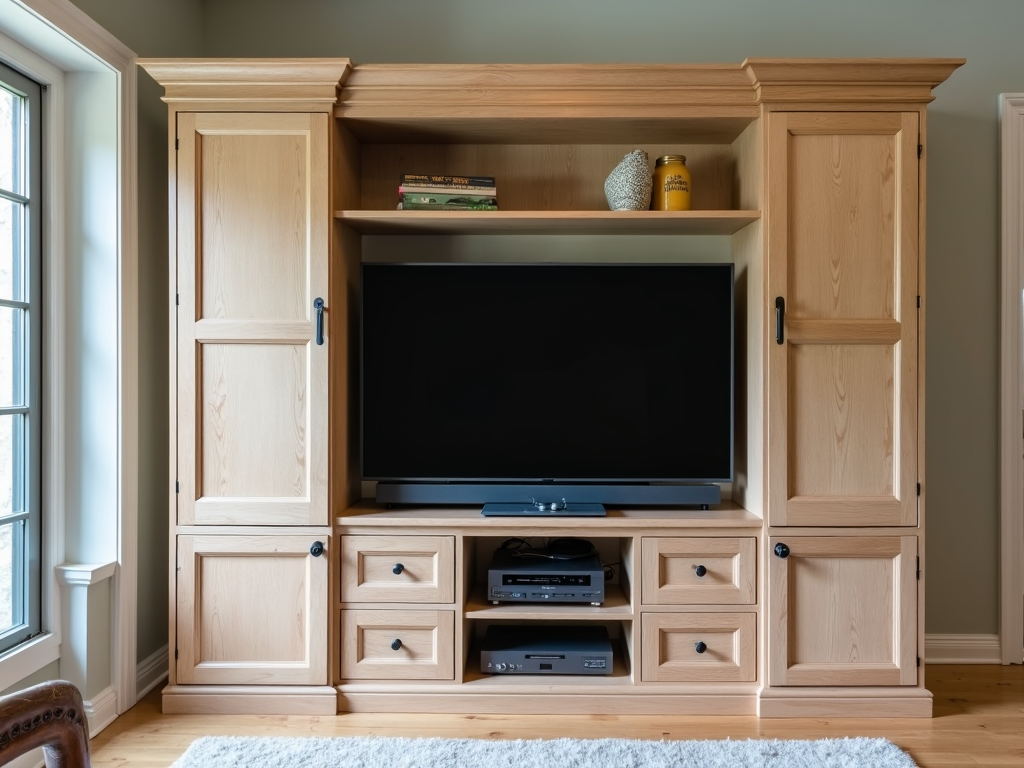
In contemporary interior design, armoires have been adapted to meet modern needs. Some popular adaptations include: - Media Centers: By adding shelves and cable management, armoires can house televisions, gaming consoles, and sound systems. When not in use, the doors can be closed to hide the electronics, maintaining a clean look. - Home Offices: With the addition of a fold-out desk, shelves, and storage compartments, armoires can transform into compact workspaces. This is especially useful in small apartments or homes without a dedicated office room. - Kitchen Pantries: In kitchens with limited cabinet space, armoires can serve as pantries, storing food, dishes, and small appliances.
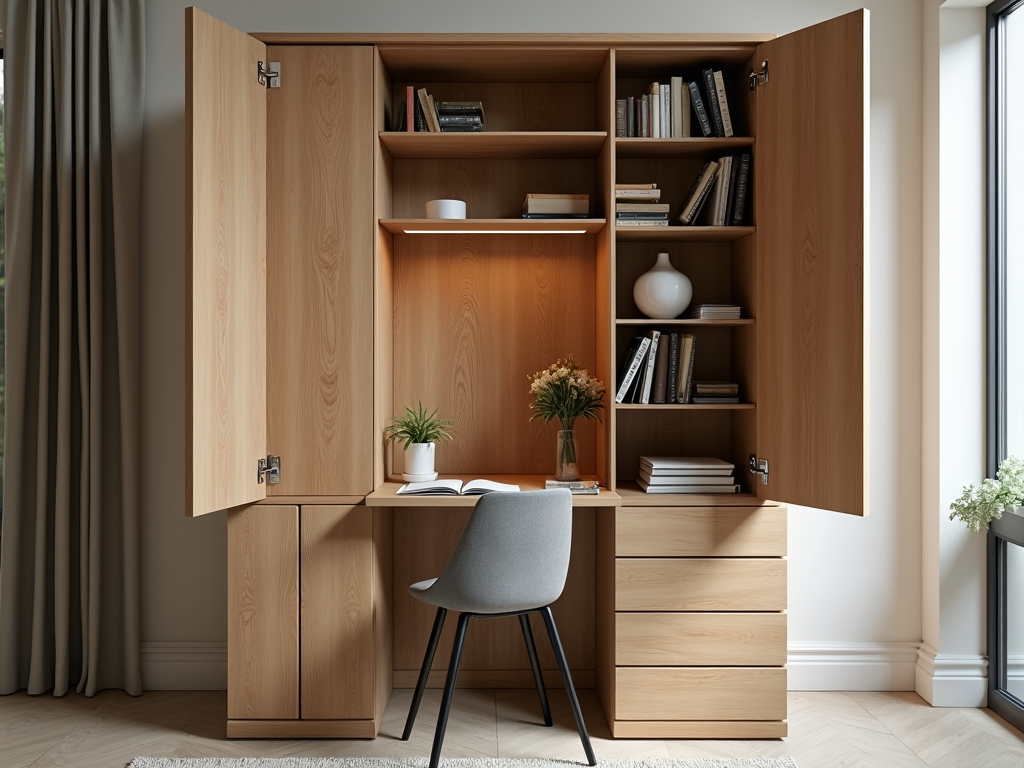
One of the key benefits of armoires is their ability to provide ample storage in a compact footprint. Unlike dressers or multiple cabinets, which can take up significant floor space, armoires utilize vertical space, making them ideal for small rooms or apartments. Additionally, their doors allow for the concealment of contents, helping to keep spaces looking tidy and organized.
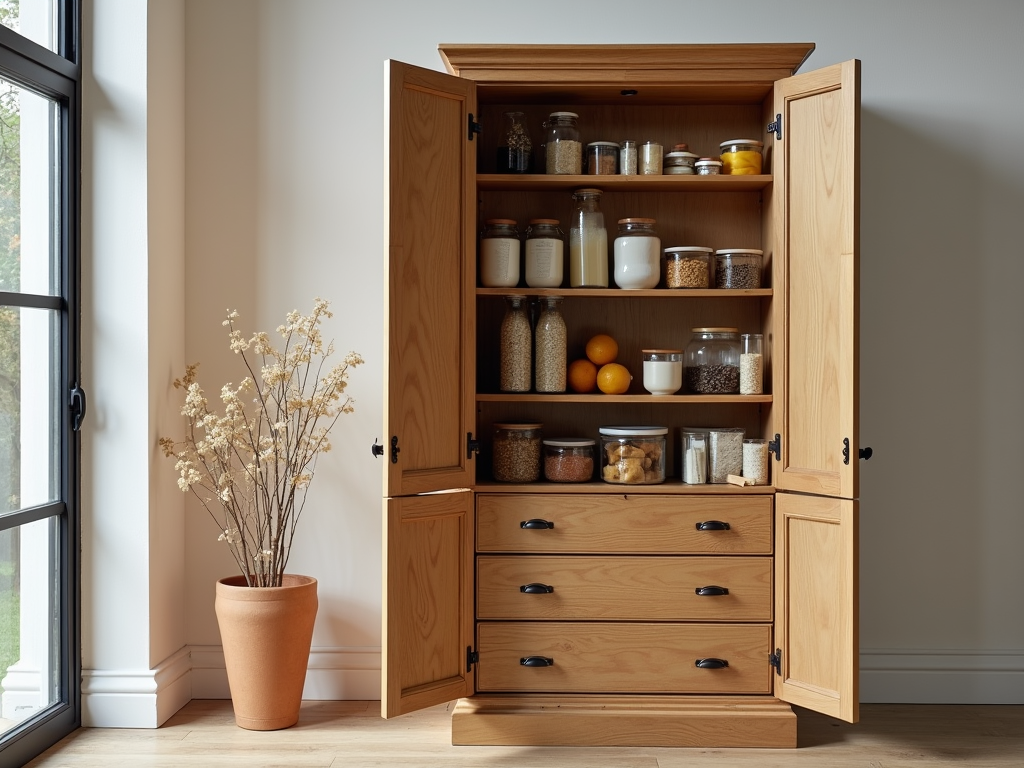
I have always been fascinated by armoires, not just for their functionality but for the stories they can tell. Each scratch, dent, or faded paint tells a tale of its past life. I recall a visit to a historic home where an antique armoire stood proudly in the bedroom. The guide explained that it had been in the family for generations, originally used to store wedding dresses and heirloom linens. It was more than just furniture; it was a piece of family history.
In my own experience, I once lived in a studio apartment where space was at a premium. I found a vintage armoire at a flea market and refurbished it to use as both a wardrobe and a storage unit for my art supplies. It was a game-changer, allowing me to keep my living space uncluttered while adding a touch of vintage charm.
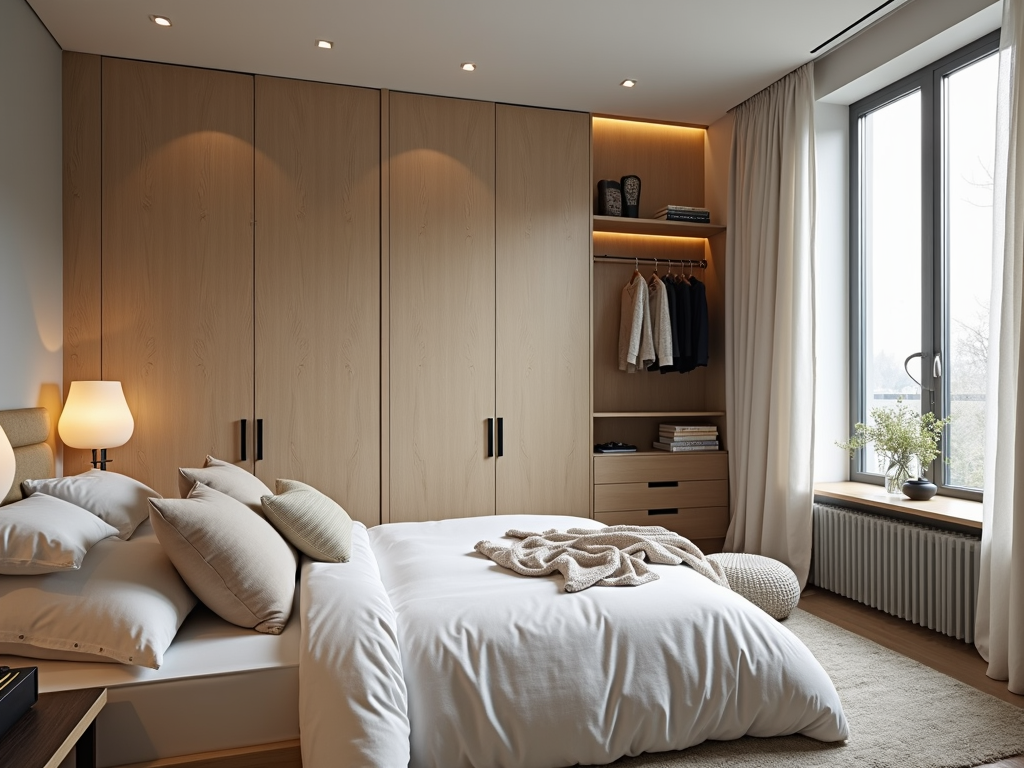
In summary, armoires have a fascinating history, evolving from medieval storage solutions to versatile pieces in modern interior design. Their ability to adapt to various needs makes them invaluable, especially in compact living spaces.

